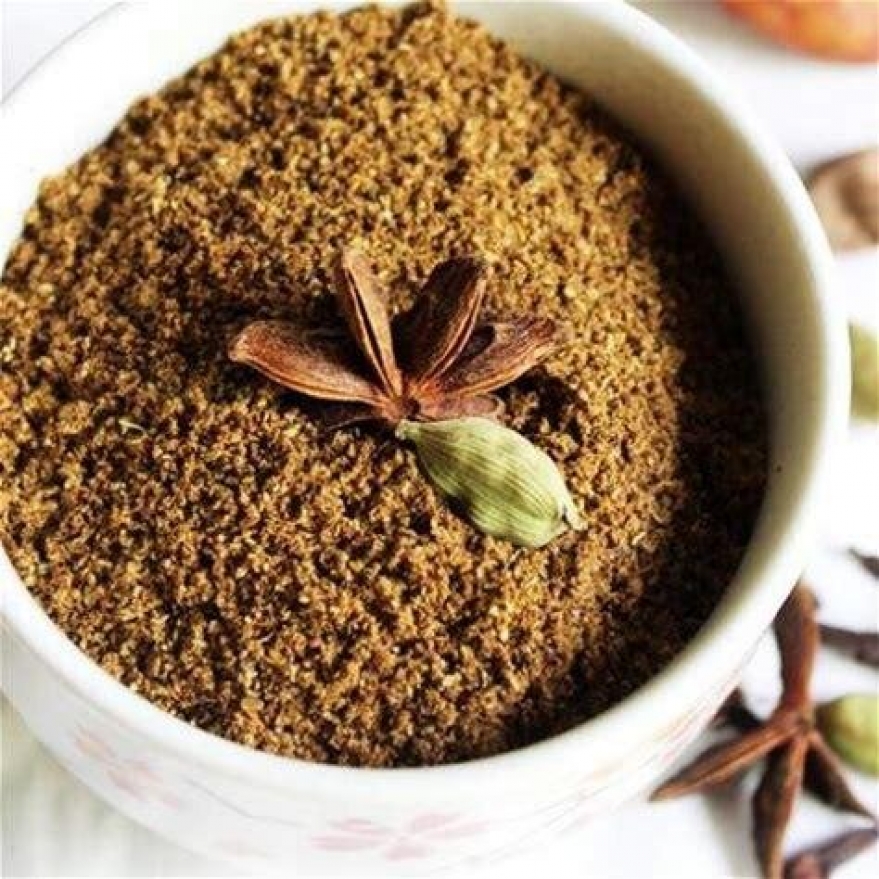
South Asia is a home of healing spices including Lemon grass which is used in Philippines, Laos in Thailand to cure the cold, throat soreness to cure with ginger, green cardamom. Spices of South Asia need more attention of Western countries to make the immunity stronger.
Phtyogenics are the substances of plant origin from spices, herbs including the active principles of flavonoids, polyphenols, tannins, saponins and so on. These ingredients are making huge market for feed formulation in meat production industries in order to suppress the diseases which are affecting the supply and demand curve.
The traditional Southeast Asian spice trade eventually lost relative importance due to changing European tastes and the introduction of nutmeg, cloves, and white sandalwood to the Caribbean, East Africa, and India, respectively, while new aromatic crops from other parts of the world, like black pepper and later coffee, gained importance in the region.
The "Land of Spices" is another name for India. More than 52–60 spice crops are cultivated in India out of the 109 spices recognized by the International Organization for Standardization (ISO). The main spices that India exports include peppers, fenugreek, cumin, turmeric, and coriander. Spice handling and storage are the main problems. The top five spices that India exports are peppers (4%), fenugreek (4.2%), cumin (10%), turmeric (10%), and other (19%).
The COVID-19 pandemic had a substantial effect on the market for spices and seasonings. Infrastructure problems, import holdups, labor shortages, regulatory restrictions, and transportation challenges had all impacted the industry's supply chain. The production of spices and herbs is characterized by an unusual degree of unpredictability due to factors like the weather, a shortage of water, etc.
Additionally, the implementation of shutdowns and lockdowns in the nations that manufacture spices, like China, India, and Vietnam, had an impact on the supply and consumption of raw materials in the food service industry, which resulted in slow development. However, throughout the epidemic, businesses looked for innovative and entertaining ways to re-energize and enhance ties with their staff.
Few startup businesses that provide specialty spice mixes to give certain cuisines a unique flavour. They have goods in their repertoire include "Chili Lime Chipotle," "Coffee Steak Rub," and "Rosemary Salt Rub." Can be used as seasoning on a variety of meats, including pork, beef, shellfish, and even vegetables.
Commerce restrictions are seen to be more crucial than ever in deciding the volume of agricultural trade on a worldwide scale. Due to their potential use as a trade barrier, trade standards and trade laws are two characteristics that are becoming increasingly important. Increased trade inefficiency can result from improper application of both trade standards and trade rules (a document that specifies product qualities or their associated procedures and manufacturing techniques, including the relevant administrative restrictions).
An important portion of South Asian exports is the spice trade; however, both the spice export industry and individual crops have substantial information gaps. Research must fill up the gaps found to promote better planning and equitable sector growth.
Contributing writer:
Dr. Saima Hamid Baba is an International Climate Activist, Forum Speaker, Environmentalist and CFO CERD Foundation.
Please login to Comment